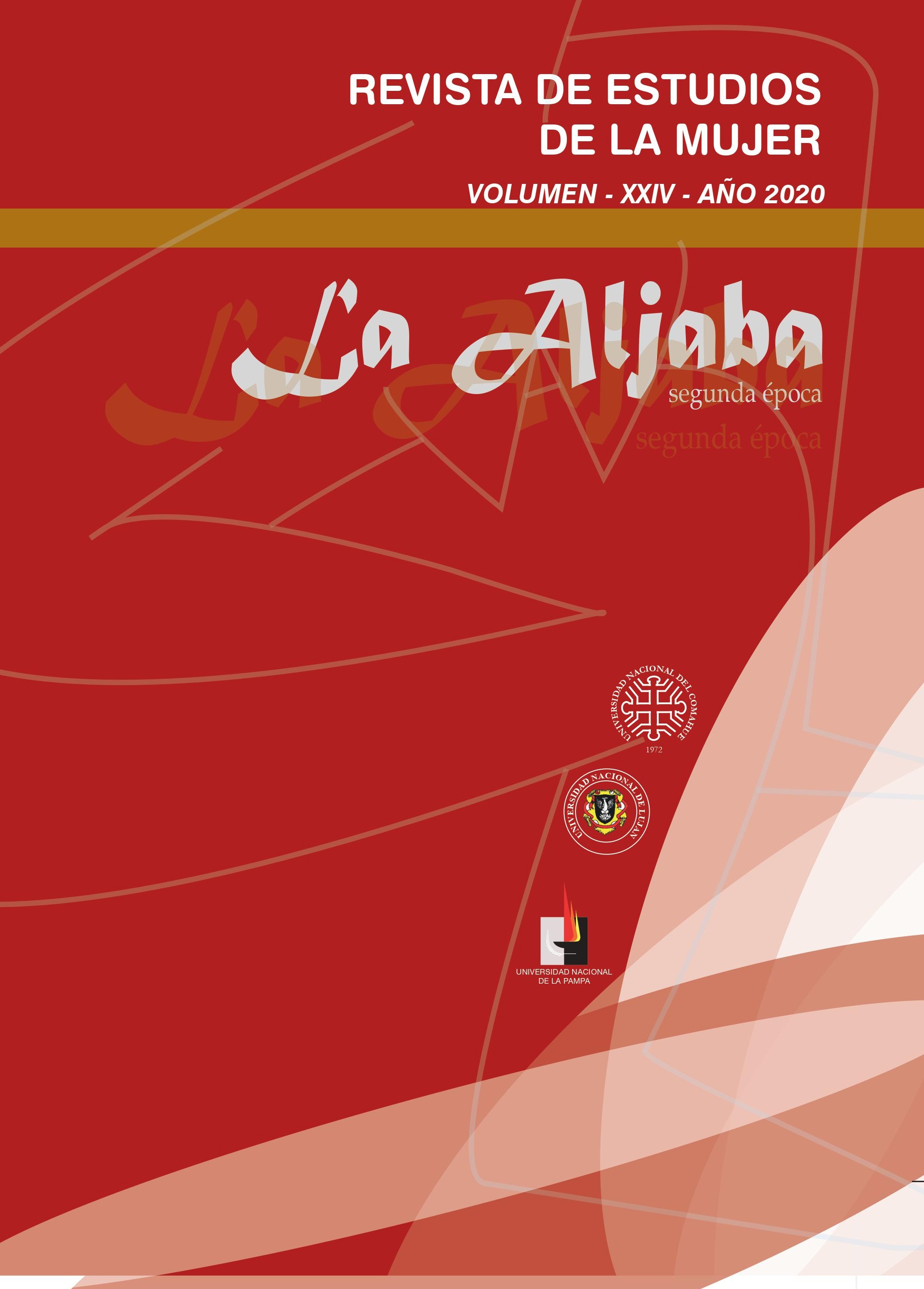Voices and dialogues. Gender representations in women’s radio programs during the Franco ́s dictatorship (1939-1959)
Keywords:
radio, francoist dictatorship, women's history, gender history, representationsAbstract
Radio had a close relationship with women since its inception. The entrance into the receiver’s home imbriced time and domestic space with radio broadcasts, not in vain, the female audience became its main standard. Once the “new State” was established, the Franco dictatorship reconfigured the function of radio as a pedagogical and propaganda device. The diffusive capacity and communicative power of the waves served the purposes of the regime that sought to cement the doctrines of national Catholicism. Radio talk practices built a system of gender and cultural representations that sought to root the ideal of femininity of the “perfect housewife”. To this end, radio was a map of symbols and meanings that, on a daily and repeated basis, was modifying the female social imaginary and its social practices. In this article, we will aim to reflect what this series of discursive mechanisms consisted of and what role radio played as the builder of a representation system. To do this, we will analyze the scripts of the women’s programs broadcast on the private station Radio Madrid during the chronology that we address.
Downloads
References
AGUADO, Ana y RAMOS, María Dolores. (2002). La modernización de España (1917-1939). Cultura y vida cotidiana. Madrid: Editorial Síntesis.
BLASCO, Inmaculada. (2014). Género y nación durante el franquismo. En S. Michonneau y X. M. Núñez (eds.), Imaginarios y representaciones de España durante el franquismo, (pp. 49-71). Madrid: Casa de Velázquez.
CEBRIÁN, Mariano (1994). Información radiofónica. Mediación, tratamiento y programación. Madrid: Síntesis.
CENARRO, Ángela (2002). Matar, vigilar y delatar: la quiebra de la sociedad civil durante la guerra y la posguerra en España (1936-1948). Historia Social, (44), 65-86.
___ (2017). La Falange es un modo de ser (mujer): discursos e identidades de género en las publicaciones de la Sección Femenina (1938-1945). Historia y Política, (37), 91-120.
ESPIGADO, Gloria. (2018). El “ángel del hogar”: uso y abuso historiográfico de un arquetipo de feminidad. En H. Gallego (ed.), Feminidades y masculinidades en la historiografía de género (pp. 195-212). Granada: Comares.
DE LAURETIS, Teresa. (1999). Soggeti Eccentrici. Feltrinelli: Milán.
MORCILLO, Aurora. (2015). En cuerpo y alma. Ser mujer en tiempos de Franco. Madrid: Siglo Veintiuno España.
OLIVER, Pedro. (2005). El concepto de control social en la historia social: estructuración del orden y respuestas al desorden. Historia Social, (51), 73-91.
PRIETO, Lucía. (2018). Mujer, moral y franquismo. Del velo al bikini. Málaga: UMA Editorial.
RAMOS, María Dolores. (2014). La construcción cultural de la feminidad en España. Desde el fin del siglo XIX a los locos años veinte y treinta. En M. Nash (ed.), Feminidades y masculinidades. Arquetipos y prácticas de género (pp. 21-46). Madrid: Alianza Editorial.
RILEY, Denise. (1988). Am I that name? Feminism and the Category of ‘Women in History. Basingstoke: Macmillan.
RUIZ FRANCO, Rosario. (2007). ¿Eternas menores? Las mujeres en el franquismo. Madrid: Biblioteca Nueva.
SCOTT, Joan W. (2006). El eco de la fantasía: la historia y la construcción de la identidad”. Ayer, (62), 118-138.
WITTIG, Monique. (2005). El Pensamiento heterosexual y otros ensayos. Madrid: Egales.


















4.jpg)




